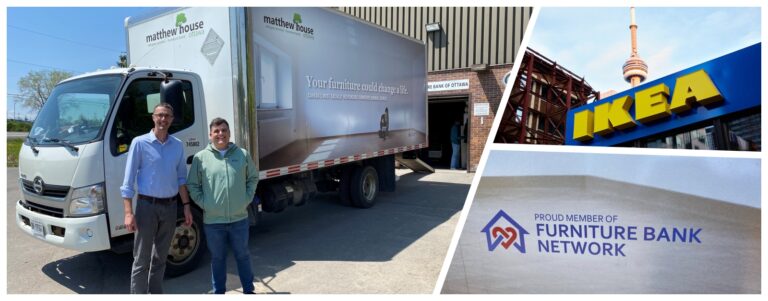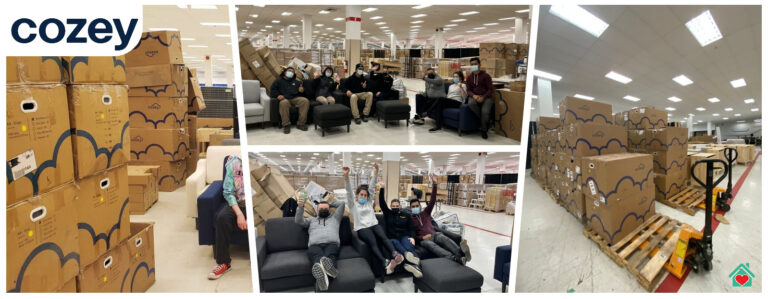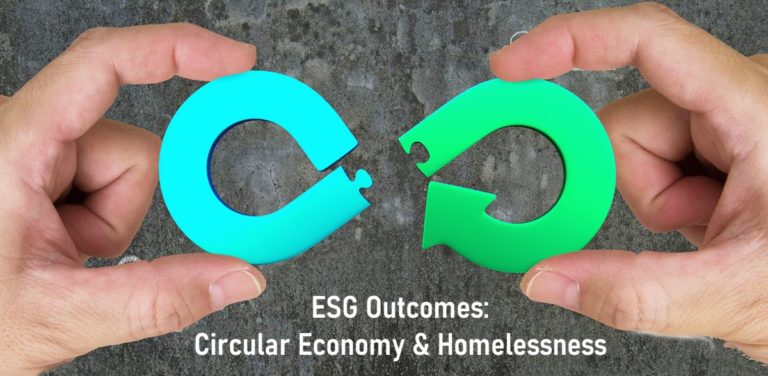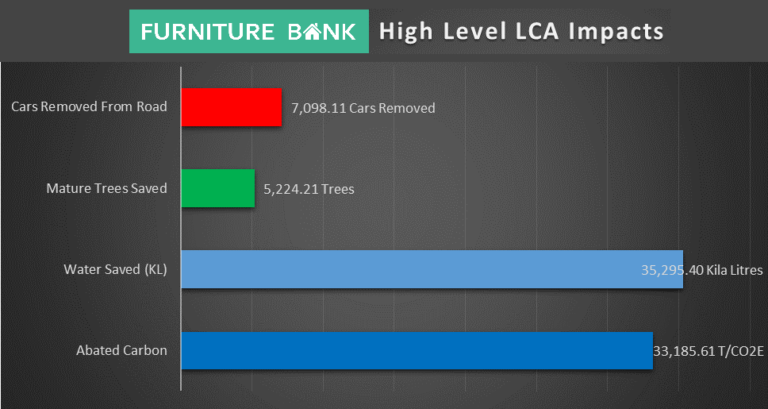
Driving opportunities for our Furniture Bank Network
Momentum has started It is barely half over and 2023 has already shaped up to be a year of action and promise. As we all
Facilitating connections between business, government and nonprofits to power the Circular Economy for social good.
Tap into existing flows of usable furniture and household items helping to furnish homes and reduce landfill.
Help save landfill space, carbon impact and tax payer rates through diversion.
Creates commercial relationships with revenue models to support ongoing growth and network expansion.
Support turning housing into homes and assist the likelihood of success of families emerging from homelessness.
Creating easy mechanisms for communities, corporations and consumers to impact their communities and the environment in immediate and tangible ways.
Our services can support the creation of win-win-win solutions including:

Momentum has started It is barely half over and 2023 has already shaped up to be a year of action and promise. As we all

In a world where consumers are increasingly attuned to the social and environmental footprints of their purchases, businesses are challenged to evolve and demonstrate tangible

Connecting ESG Reporting to real outcomes Reaching Home: Canada’s Homelessness Strategy is an opportunity to showcase that in a circular economy, we can maximize social

Furniture Bank here in Toronto has been tracking data outputs for 10 years now. We all know that throwing a good couch or bed into

Was great to see major brands changing their operations to be part of the circular economy and tackle consumption and waste. Making the furniture sector

EPA Reports 9.8 Million Tons Per Year in Furniture Waste Very limited research occurs on societies least-recycled item in a household. In 2009, U.S. EPA